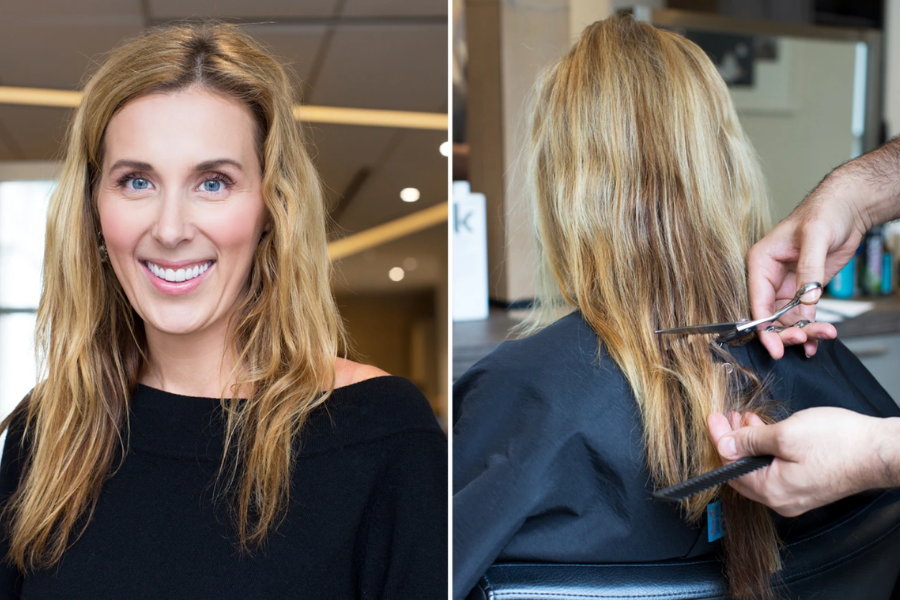In the realm of finance, the term “haircut” carries significant implications and is applied in two distinct contexts. Most commonly, it refers to the percentage difference between the market value of an asset and the value considered acceptable as collateral for a loan. This discrepancy accounts for potential fluctuations in market prices, helping lenders mitigate risks. In a secondary but less frequent usage, the term describes the narrow spread or fee that a market maker earns when facilitating trades or providing liquidity.
What Is a Haircut?
A haircut represents the reduced value assigned to an asset when it is pledged as collateral. This reduction ensures lenders have a buffer against price volatility. For instance, consider a borrower seeking a $10,000 loan who offers a stock portfolio worth $10,000 as collateral. The lender may assign a collateral value of only $5,000 to the portfolio, effectively imposing a 50% haircut. This reduction safeguards the lender if the portfolio’s market value decreases, ensuring sufficient collateral coverage for the loan.
On the other hand, in financial markets, the term “haircut” also denotes the thin margin or spread that market makers earn. By charging small fees on trades, they “trim” a minor amount from transactions, which is why this practice is associated with the term.
Key Features of a Haircut
- Reduction in Collateral Value: A haircut lowers the market value of an asset for collateral purposes, offering lenders protection against market volatility.
- Risk-Driven Adjustment: The extent of a haircut depends on the risk profile of the underlying asset. Higher-risk assets are subject to larger haircuts.
- Protective Measure: Haircuts help lenders ensure adequate collateral coverage even if asset values decline.
- Relation to Margin: Haircut and margin often describe the same concept but are expressed differently in financial terminology.
- Market Maker’s Spread: In a less common context, a haircut refers to the minute spreads or fees retained by market makers during trades.
Collateral Haircut: A Detailed Explanation
When an asset is used as collateral, lenders assign a value lower than its current market worth. This markdown, expressed as a percentage, represents the haircut. Securities used as collateral are generally devalued to provide a cushion against potential price drops. This practice is crucial in financial transactions to safeguard lenders.
Factors Determining Haircut Levels
The degree of haircut applied to collateral is influenced by several factors:
- Price Volatility: Assets with unpredictable price movements face higher haircuts to account for potential losses.
- Credit Quality: The creditworthiness of the asset issuer impacts the haircut amount. High-quality issuers typically result in lower haircuts.
- Liquidity Risks: Illiquid assets, which are harder to sell quickly, are subject to higher haircuts.
Examples of Haircuts in Practice
Treasury Bills as Collateral
Treasury bills, due to their high credit quality, liquidity, and stable pricing, usually attract negligible haircuts. These securities are often employed in repurchase agreements (repos), where overnight borrowing requires minimal markdowns.
Margin Accounts
Investors using margin accounts can borrow funds by pledging equity positions as collateral. Typically, these accounts impose a standard haircut of 50%, meaning only half the value of the securities can be borrowed. However, riskier portfolios, such as those containing leveraged exchange-traded funds (ETFs), may encounter haircuts as steep as 90% due to high volatility.
The Role of Haircut in Risk Management
Haircuts play a pivotal role in risk management for financial institutions. By devaluing collateral, lenders reduce exposure to market risks, ensuring they remain adequately protected even in adverse scenarios. This practice also discourages excessive borrowing against high-risk assets, fostering financial stability.
Haircut vs. Margin: Understanding the Difference
Though often used interchangeably, haircut and margin differ slightly in financial contexts. While a haircut specifically refers to the reduction in an asset’s collateral value, margin refers to the borrower’s equity or down payment in a transaction. Both serve as mechanisms to mitigate risk but are applied in different scenarios.
Market Maker’s Haircut
In financial markets, the term haircut extends to describe the narrow spreads or fees that market makers retain during transactions. These professionals facilitate liquidity and trading by acting as intermediaries between buyers and sellers. The small “trim” they earn from trades is colloquially referred to as a haircut.
Why Haircuts Matter in Finance
Haircuts are integral to maintaining financial stability. By imposing appropriate reductions on collateral, lenders ensure they are protected from unforeseen market shifts. This practice also instills discipline among borrowers, encouraging them to manage their risk exposure effectively.
Examples Highlighting Haircut Applications
Low-Risk Securities
Assets like government bonds with predictable pricing and high liquidity generally face minimal haircuts. These securities’ stable nature ensures lenders are confident in their valuation, requiring little markdown.
High-Risk Portfolios
Volatile or illiquid assets, such as penny stocks or leveraged ETFs, experience significant haircuts. For example, a portfolio of leveraged ETFs may receive a haircut as high as 90% due to potential price swings.
Challenges and Criticisms of Haircuts
While haircuts serve as effective risk management tools, they are not without criticism. Excessively high haircuts can discourage borrowing, potentially stifling economic activity. Conversely, overly low haircuts may expose lenders to significant risks during market downturns.
Conclusion: The Importance of Haircuts in Finance
In summary, the concept of a haircut in finance underscores the delicate balance between risk and reward. Whether applied to collateral valuation or market maker’s spreads, haircuts play a crucial role in safeguarding financial transactions. By understanding and implementing appropriate haircuts, both lenders and borrowers can navigate the complexities of the financial landscape with greater confidence.
Dive into in-depth analyses and reports on current events at TheNewsReality.com.




